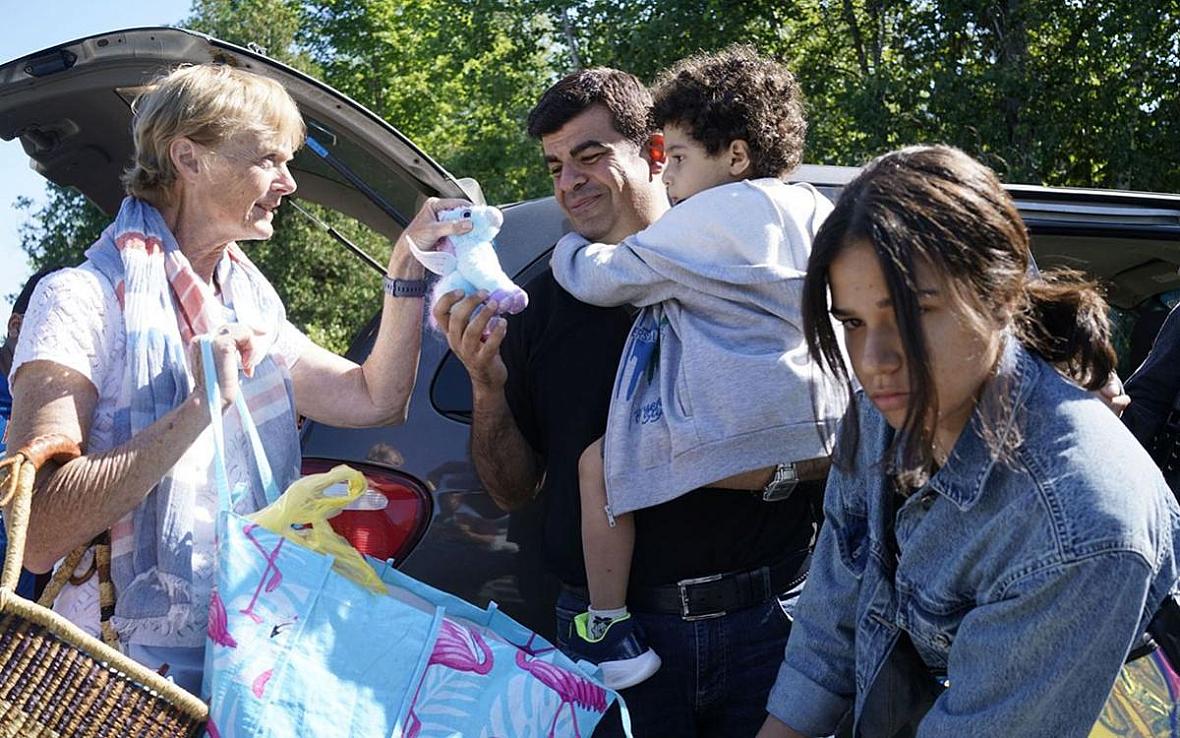But how safe is the United States for refugees? That question is central to a summer ruling by a Canadian federal judge that, if it stands, could knock down the Safe Third Country Agreement and have implications for the flow of refugee crossings across the border, including in Western New York.
In July, Judge Ann Marie McDonald ruled that the STCA violates human rights and is invalid because of “significant evidence of the risks and challenges” when asylum-seekers are returned to the United States. McDonald wrote: “The evidence demonstrates that the immediate consequence to ineligible STCA claimants is that they will be imprisoned solely for having attempted to make a refugee claim in Canada.”
The case was filed in Canada on behalf of people from Syria, Ethiopia and El Salvador who tried to make asylum claims by entering Canada from the United States at official ports, were denied and returned to the U.S., and then put into custody. McDonald noted the “cruel and unusual detention conditions” in the United States and said, “The penalization of the simple act of making a refugee claim is not in keeping with the spirit or the intention of the STCA.”
The judgement has a six-month review period and is being challenged by the federal government. If the ruling were to stand and STCA is struck down, then crossing at places like Roxham Road would no longer be necessary. Asylum claimants could simply cross at official ports of entry, including the Peace Bridge, Rainbow and Lewiston-Queenston bridges in Western New York.
“It could end up being a major issue around those bridges,” said Craig Damian Smith, associate director of the Global Migration Lab at the University of Toronto’s Munk School of Global Affairs and Public Policy. Smith, who has extensively studied migration at the northern border, including the situation at Roxham, noted the “logistics and capacity” issues. Montreal had to build up an infrastructure of shelter capacity and legal aid in 2017 and 2018 to handle the influx of people at Roxham, he said, and it’s possible that the same would need to happen in Southern Ontario. “If the scale of the flows were anything like what we saw at Roxham Road,” Smith said, “there would have to be significantly increased reception capacity."
Both governments are standing behind the STCA. A U.S. Department of Homeland Security spokesperson, in response to an inquiry from The News, responded in an email: “Canada and the United States have a long history of cooperative and respectful asylum policy. This cooperative agreement has been operating successfully for almost 15 years. Although we do not comment on the internal affairs of Canada, we stand confident in the strength and the future of our mutually beneficial partnership; and we refer you to the Government of Canada to discuss the particulars of the case.”
A Canadian government official, meanwhile, declined to be interviewed about the case, because the appeal is ongoing. But Khawar Nasim, acting consul general of Canada in New York, told The News in a statement: “Canada believes that the STCA remains a comprehensive vehicle for the compassionate, fair and orderly handling of asylum claims in our two countries. The Government of Canada is appealing the decision of the Federal Court, because we believe there are errors in some of the key findings. There are important legal principles to be determined in this case, and it is the responsibility of the Government of Canada to appeal to ensure clarity on the legal framework governing asylum law.”
Observers from both sides note that the six-month review period overlaps the U.S. presidential election – and that, above all, may determine what happens with the flow of refugees and asylum claims at the border. At some point, the pandemic will be brought under control and the border will reopen. If a Biden administration is in place, the Trump-era tough immigration policies would likely lighten. But if Trump wins a second four-year term, Smith said, it's likely that more people in the United States with temporary protected status or "Dreamers" – young adults who came to America as children with undocumented status – may consider moving north. “The dynamics could shift very radically,” he said, “about the characteristics of the asylum-seekers coming to Canada.”


